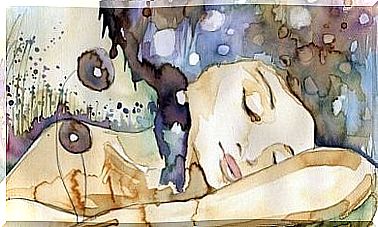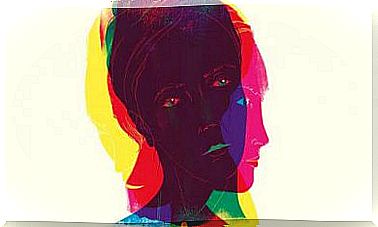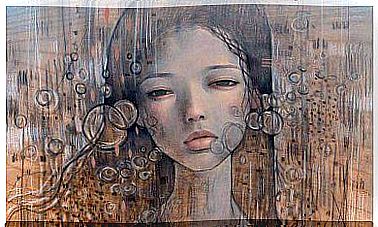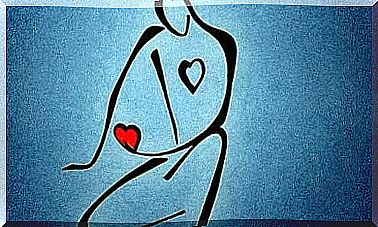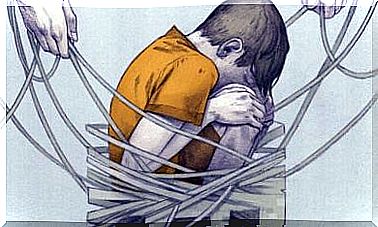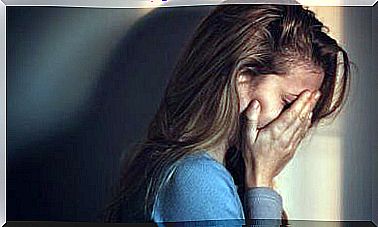The ABC Of Anxiety
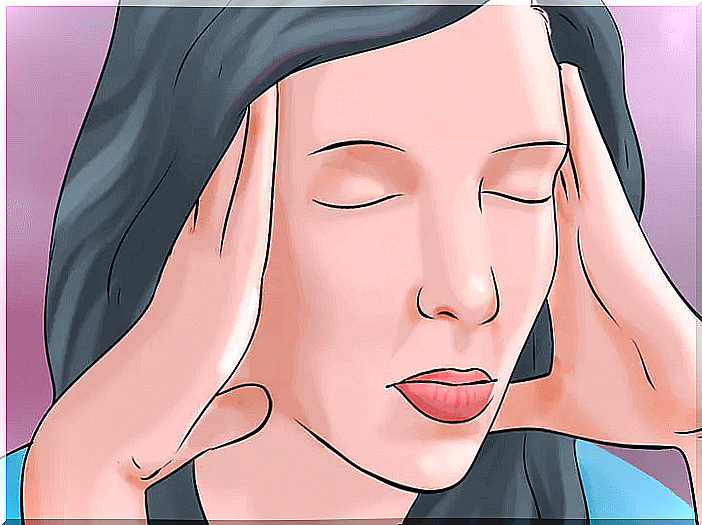
Anxiety, this emotion so known, so felt by everyone and suffered in so many circumstances of our life. Anxiety is present whenever we identify a possible danger to our survival; but we also “invite” her to join us in situations that don’t have to be dangerous if we analyze them objectively, even if in our view they seem like real adversities.
What anxiety doesn’t know is that sometimes it turns into a rather annoying and uncomfortable companion, which in reality is a burden we would like to leave behind. So we can ask ourselves the following question: Why does anxiety come into our lives uninvited? Why is she so rude?
The reality is that we ourselves are responsible for the anxiety to appear, and this is due to the way we interpret situations in our everyday life. Reality is objectively what it is, but each person’s eyes can see it one way or another.
Anxiety for letters
All emotions have a cognitive or mental component, a physiological or emotional component itself, and a behavioral component, which refers to how we behave when feeling the emotion. Furthermore, emotions tend to appear in a specific spatial and temporal context. These are called antecedent situations.
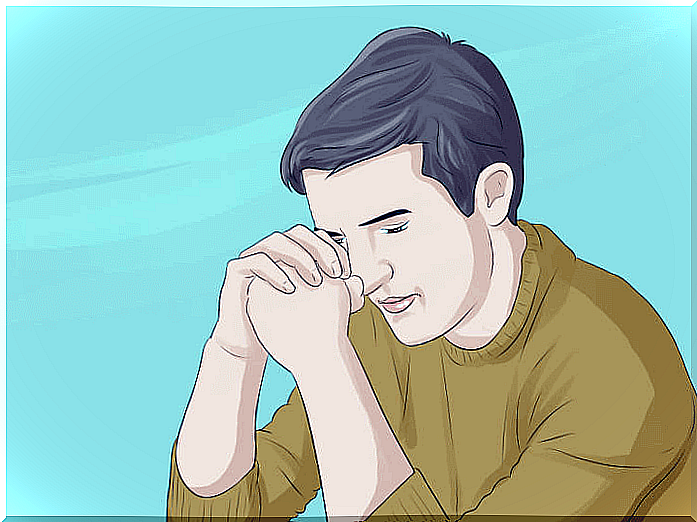
Albert Ellis, the father of rational-emotive-behavioral psychotherapy, created a registry called the “ABC Record” in which he separated emotions into parts. What he intended with this decomposition was to analyze all the components, even though for him the root of all emotional problems was found mainly in the cognitive component.
OA refers to the situation we live in, called a risky or disturbing situation. OB is the cognitive component, that is, the automatic negative thoughts and irrational beliefs that pass through our mind when we find ourselves in a certain situation and we interpret and/or evaluate it.
Finally, we have the C, which refers to the emotional and behavioral component. That is, what we feel in a given situation and how we behave in front of it.
In anxiety, these three components are usually very well differentiated and the treatment involves analyzing which situations cause anxiety – which are those that must be faced. On the other hand, there are the thoughts that I must question and modify, as well as the feeling of anxiety itself and the way we behave.
OA in anxiety
OA usually assumes a life situation that can be more or less risky for the person. Although objectively the situation has no reason to present any risk or danger, it is lived that way. Trigger situations or A’s may involve social, physiological, family, relationship, etc. content.
What counts is not the content, but that the patient is able to clearly identify it as an antecedent of his anxiety state.
OB in anxiety
OB is the thought or cognition that determines the emotional state of anxiety, being personal and subjective of each person. Not all people have the same thoughts in the same situations, but each interpretation is a world.
In anxiety, thoughts are often catastrophic, dramatic, and also come up in the form of questions that anticipate the worst-case scenario. Some examples of anxious thoughts might be: What if I ruin the date? What if I’m on a plane and there’s an accident?
The fact that something is possible does not mean that it is likely. It’s true that there are tragedies, but we must be willing to tolerate this uncertainty of life if we don’t want to carry anxiety all the time.
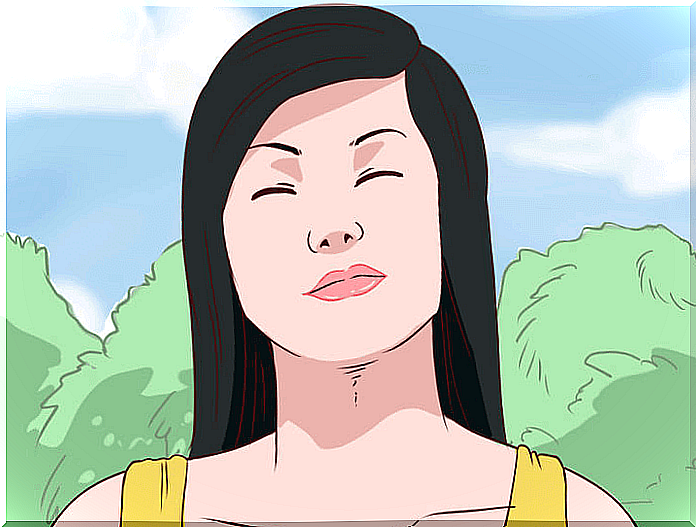
OC in anxiety
Finally, component C of anxiety is divided into two: emotional C, the emotion itself, and behavioral C, that is, how we act in a given situation. Anxious emotion is characterized by its physiology , which is highly unpleasant for the person experiencing it. Some manifestations of anxiety are: tachycardia, blurred vision, nausea, tremors, cold sweat, depersonalization, etc.
What patients must understand is that these manifestations were created to help us escape from possible dangers that compromise our lives. Therefore, there is no need to be afraid of them, quite the opposite.
The typical behavioral C of anxiety is the so-called fight-flight response. Faced with the belief of a danger to my survival, I have two paths: fight or escape.
The fight-flight response is the food that ensures the survival of anxiety, as it does not allow the emotion to be tolerated and causes its intensity to naturally decrease. Furthermore, cognitively, we cannot prove whether thoughts are based on reality or not.
By escaping the situation, we end up reaffirming that what we were thinking about the situation is true, so in the future we will do the same. Thus ends the vicious circle of anxiety, which will settle in our lives as our companion, with no expiration date, until we start looking her in the eye.
